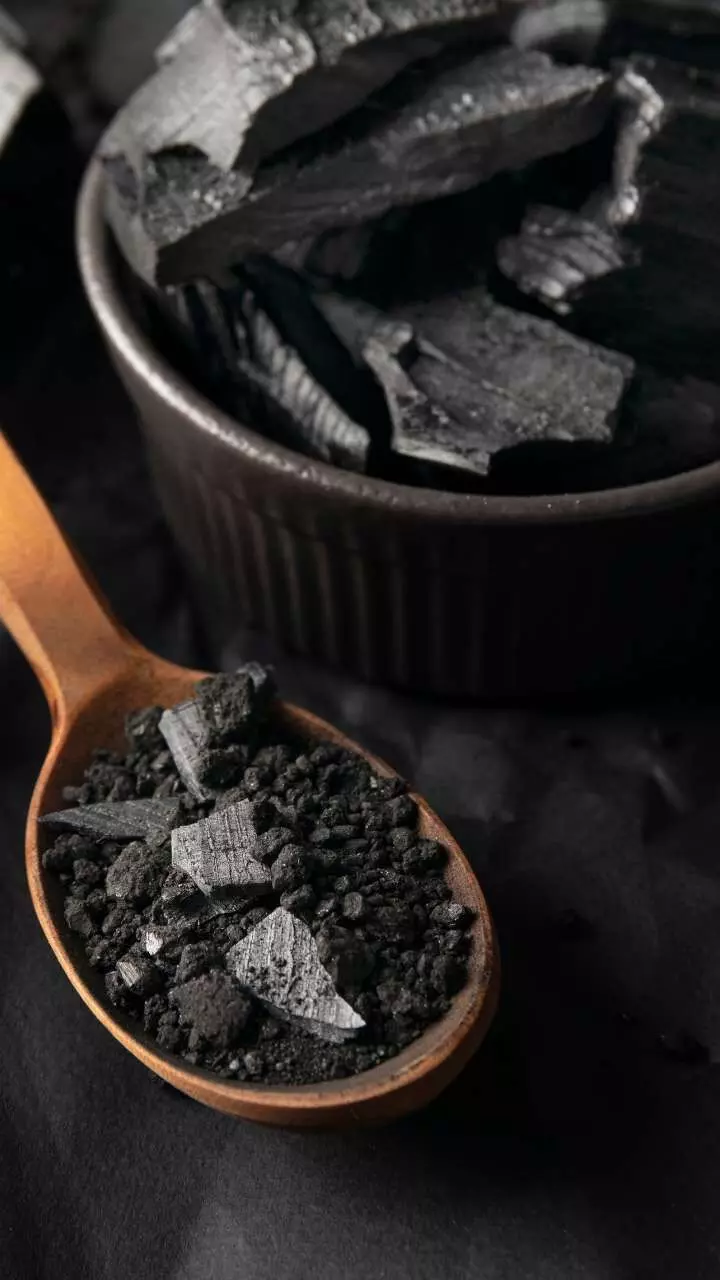Panel recommends ‘whole mining’ in coal sector
The government on Tuesday unveiled the report of the high-powered expert committee (HPEC) on ‘Gainful Utilization of Overburden (OB) in the Coal Sector.’ The report outlines a comprehensive framework for using OB as a valuable resource. Coal & Mines Minister G. Kishan Reddy unveiled the report
image for illustrative purpose

The government on Tuesday unveiled the report of the high-powered expert committee (HPEC) on ‘Gainful Utilization of Overburden (OB) in the Coal Sector.’ The report outlines a comprehensive framework for using OB as a valuable resource. Coal & Mines Minister G. Kishan Reddy unveiled the report.
The strata lying above coal seam is known as OB, comprising clay alluvial sand and sandstone with rich silica content. The overburden is removed to expose and extract coal from beneath. Historically seen as waste, OB is now being positioned as an asset with the potential to contribute significantly to environmental sustainability, economic development, and employment generation for local communities, an official press release said.
The HPEC report advocates for a ‘whole mining’ approach that aims to integrate OB into the economic value chain, contributing to sustainable mining practices.
Key highlights of the report include strategies for processing OB to produce manufactured-sand (M-sand), which can be used in construction projects, reducing the dependency on river sand and preventing environmental degradation. The commercial sale of this M-sand is expected to generate significant revenue for coal companies, and support local economies.
The HPEC report has envisaged several key benefits for coal communities. Processing OB to produce M-sand not only generates significant revenue for coal companies but also supports local economies by offering cheaper, high-quality sand for construction. Establishing OB-to-sand processing plants will create jobs, boosting livelihoods in coal mining areas.
Effective OB utilization reclaims land for productive uses like agriculture or infrastructure by reducing the need for OB dumps. Additionally, OB contains valuable resources such as clay, limestone, and rare earth elements, which can support infrastructure development and other industries. Several successful pilot plants have demonstrated the viability of this initiative, contributing to environmental sustainability and fostering community engagement, trust, and wellbeing.
In a significant step towards promoting a circular economy and turning waste into wealth, coal and lignite PSUs have already commissioned four OB processing plants and five OB-to-M-sand pilot plants. Additionally, six more OB processing and OB-to-M-sand plants are currently in various stages of installation within the coal and lignite PSUs, the release said.

